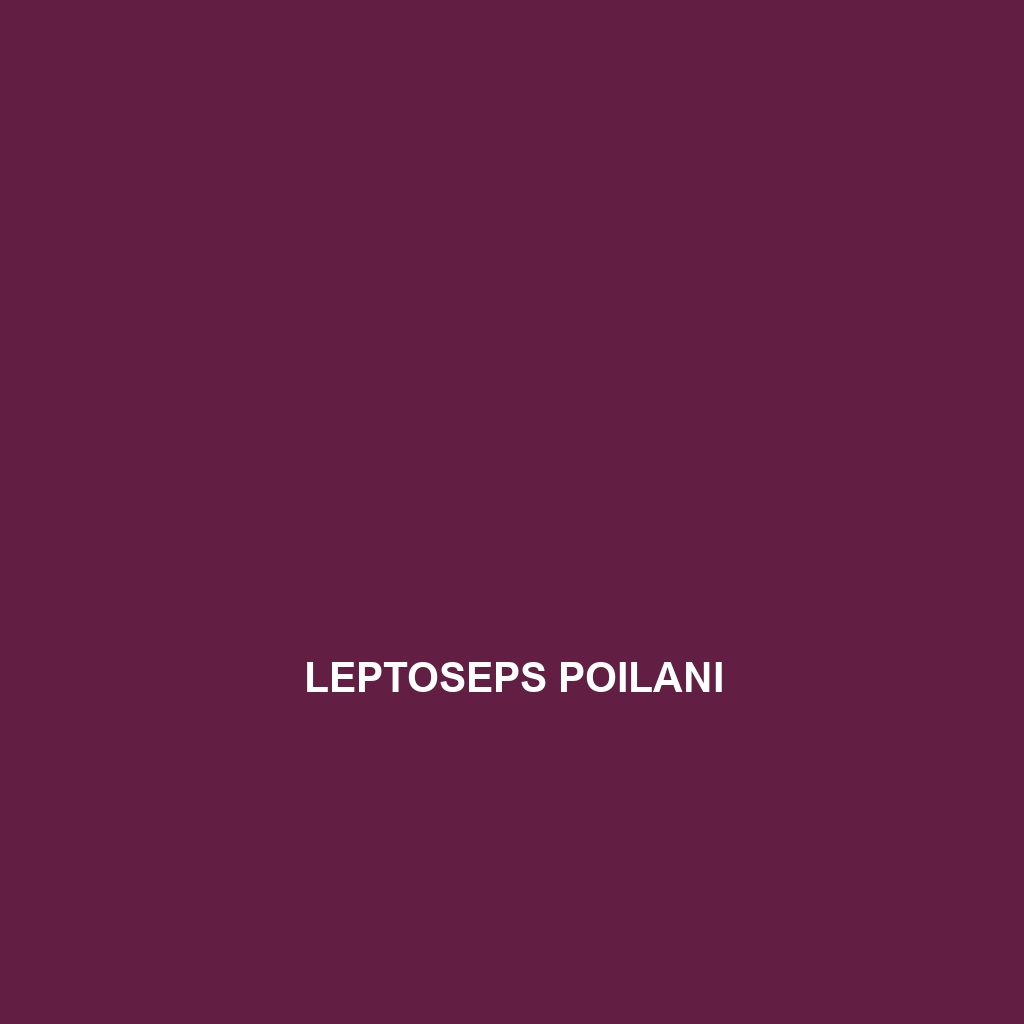Discover the fascinating Pseudogonatodes furvus, commonly known as the black snipe lizard, a nocturnal insectivore native to Central and South America's tropical rainforests. With its slender body, exceptional camouflage, and role in regulating insect populations, this remarkable lizard is essential to maintaining ecological balance in its habitat.
Tag: lizard camouflage adaptations
Pseudogonatodes furvus
Discover the fascinating Pseudogonatodes furvus, commonly known as the black snipe lizard, a nocturnal insectivore native to Central and South America's tropical rainforests. With its slender body, exceptional camouflage, and role in regulating insect populations, this remarkable lizard is essential to maintaining ecological balance in its habitat.
Phrynosoma mcallii
Discover the Phrynosoma mcallii, or flat-tailed horned lizard, a unique species native to the arid deserts of the southwestern United States and northwestern Mexico. With its distinctive flattened body, prominent flat tail, and insectivorous diet, this fascinating lizard plays a crucial role in its ecosystem while showcasing remarkable adaptations for survival.
Mesalina brevirostris
<p><b>Mesalina brevirostris</b>, also known as the short-snouted lizard, is a diurnal species found in arid regions of North Africa and the Middle East, characterized by its slender body measuring 10 to 20 cm, short snout, and large eyes. This agile insectivore plays a vital role in its ecosystem by controlling insect populations and serving as prey for larger animals.</p>
Liolaemus tromen
Liolaemus tromen, commonly known as the Tromen Lizard, is a resilient insectivore found in the temperate forests of the Southern Andes of Argentina, displaying vibrant coloration and engaging in intricate social behaviors. This species plays a vital role in regulating insect populations and supports local biodiversity while adapting to diverse ecological niches.
Liolaemus hugoi
The Liolaemus hugoi, a striking lizard native to the temperate forests of the southern Andes, showcases vibrant earthy browns and greens with intricate dorsal patterns, thrives in rocky habitats, and plays a crucial role in pest control and ecosystem balance. This diurnal insectivore exhibits fascinating social behaviors and colorful courtship displays while adapting to diverse microhabitats.
Leptoseps osellai
The <b>Leptoseps osellai</b>, or Osella's Worm Lizard, is a vulnerable species native to Southeast Asia's rainforests and temperate forests, known for its elongated body, smooth scales, and insectivorous diet. This nocturnal lizard plays a vital role in its ecosystem by controlling insect populations and aerating the soil through its burrowing behavior.
Japalura andersoniana
<p><b>Japalura andersoniana</b>, known for its vibrant coloration and semi-nocturnal behavior, is a medium-sized lizard found in the tropical rainforests of Southeast Asia. This fascinating species plays a crucial role in its ecosystem by controlling insect populations and serves as both predator and prey in a delicate ecological balance.</p>
Eremias buechneri
Eremias buechneri, also known as Buchner's racerunner, is a medium-sized, agile lizard native to the semi-arid regions of Central Asia, known for its distinct sandy brown coloration and impressive speed. Primarily insectivorous, it plays a vital role in controlling insect populations while thriving in rocky, dry habitats.
Cyrtopodion golubevi
The Cyrtopodion golubevi, or Golubev's Rock Gecko, is a medium-sized, nocturnal lizard native to the arid rocky habitats of Central Asia, known for its impressive camouflage and insectivorous diet. Classified as 'Vulnerable', this species plays a vital role in maintaining the ecological balance by controlling insect populations.









